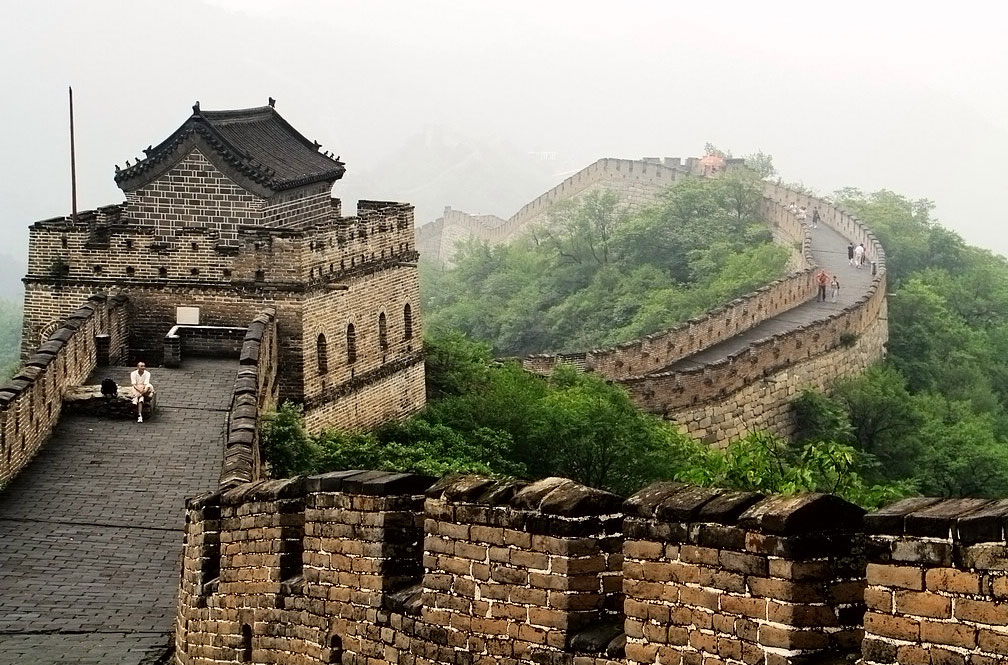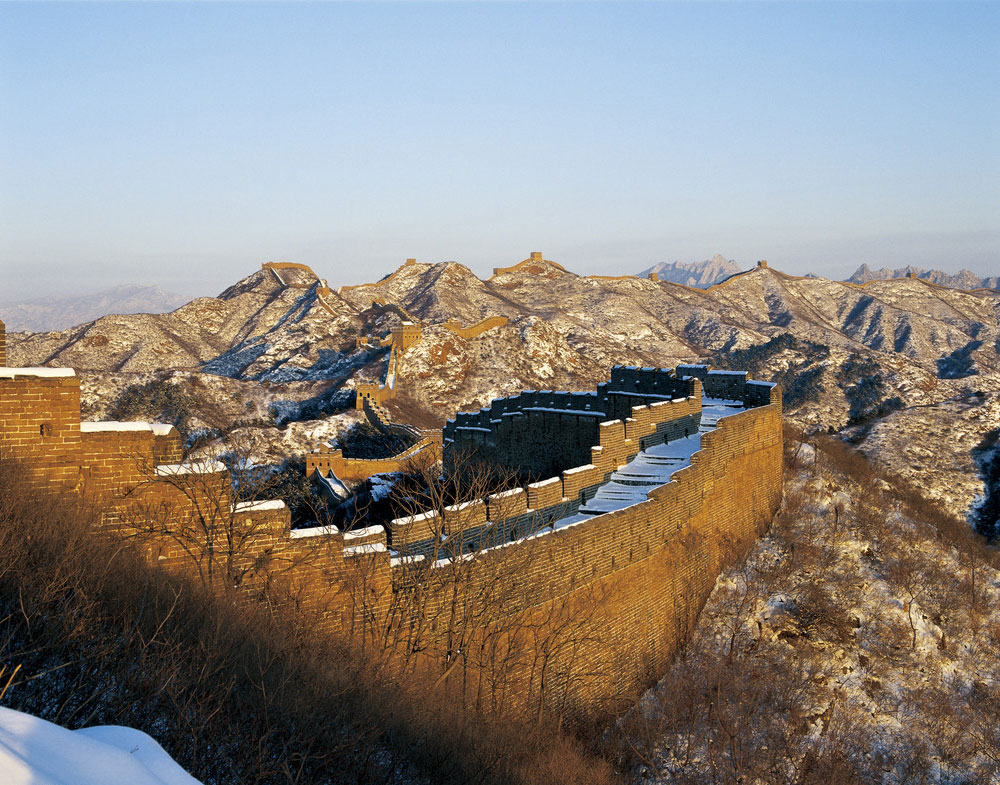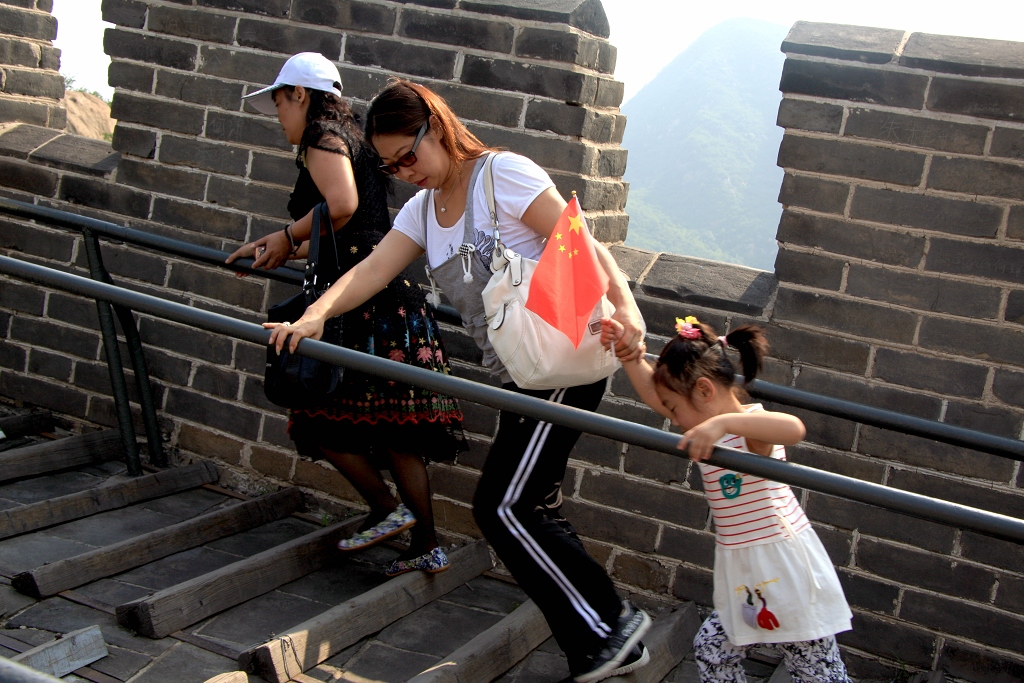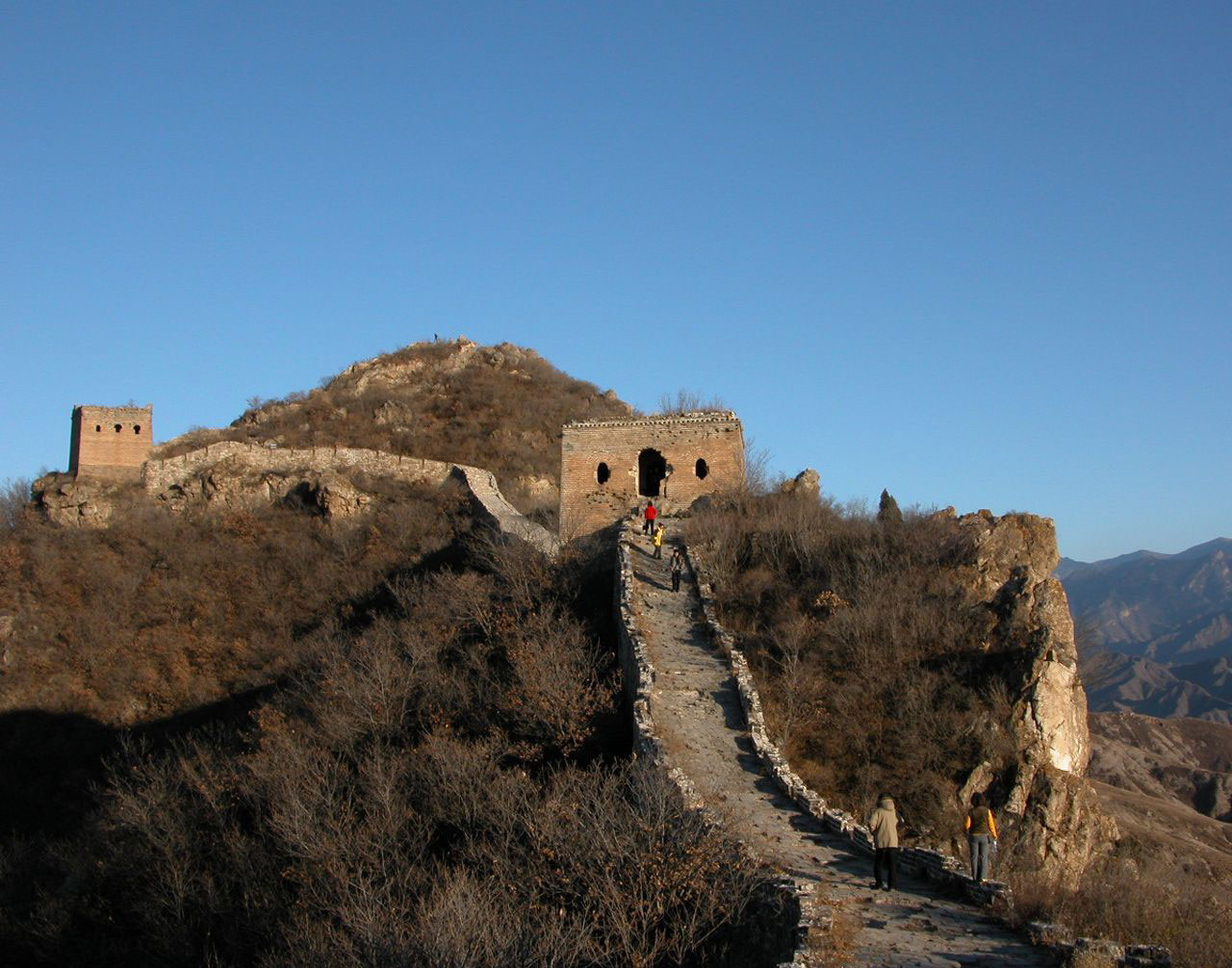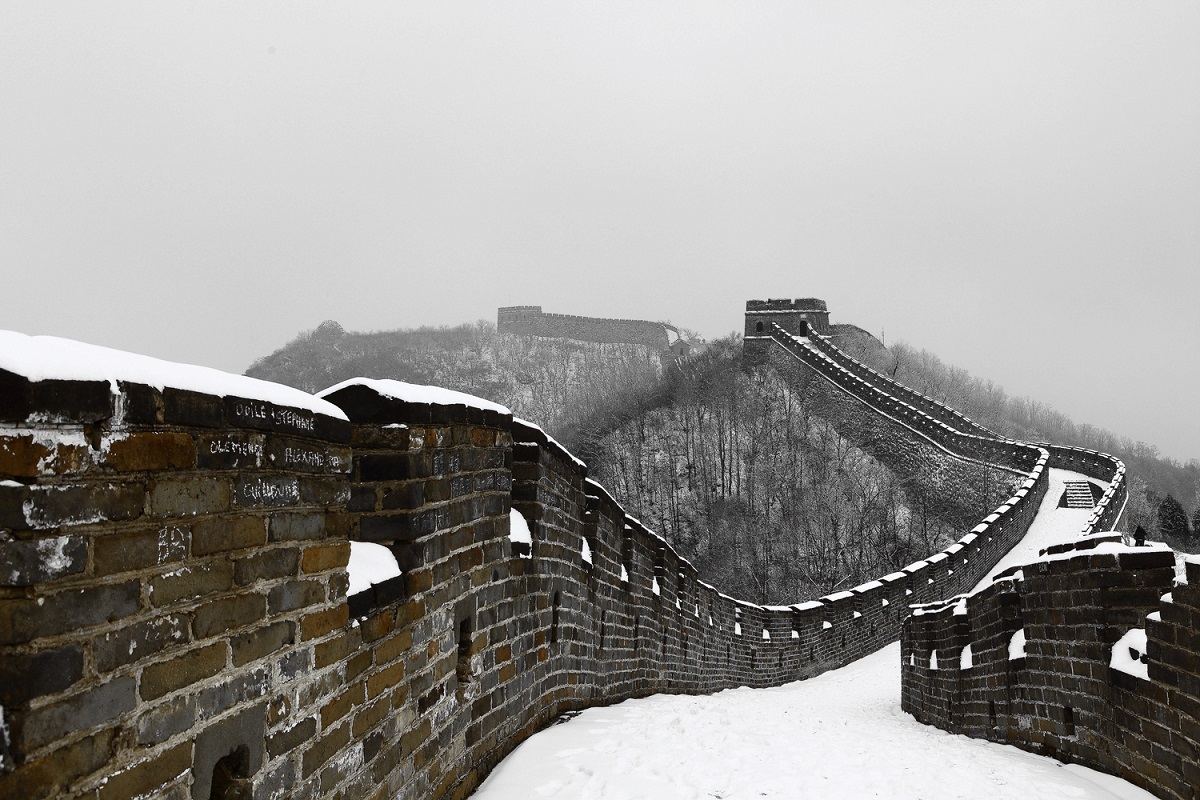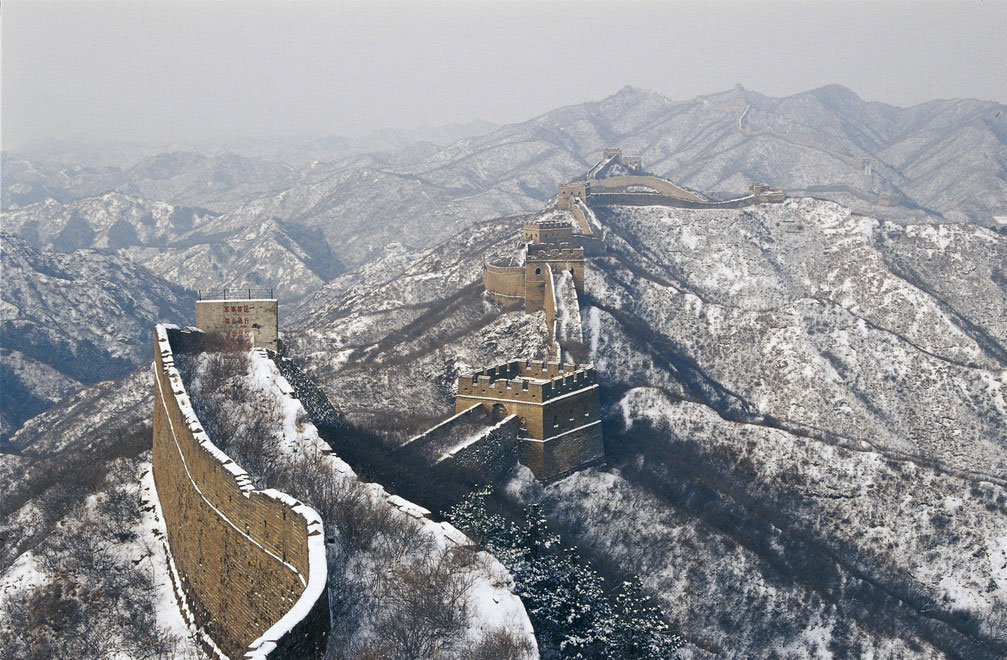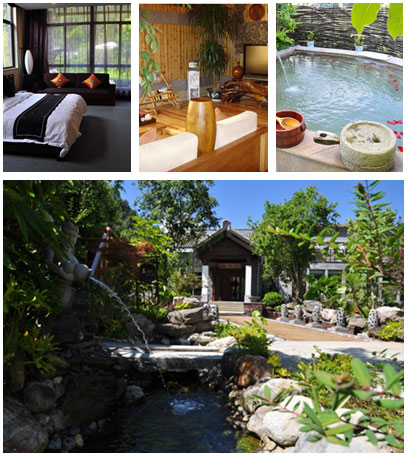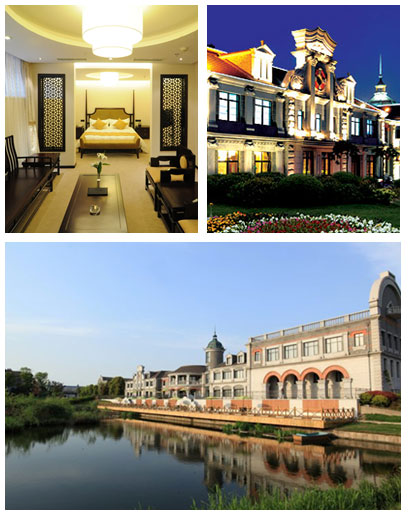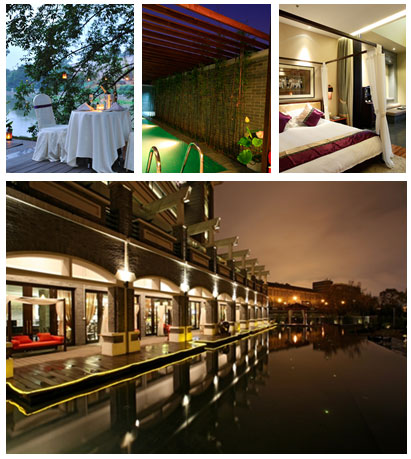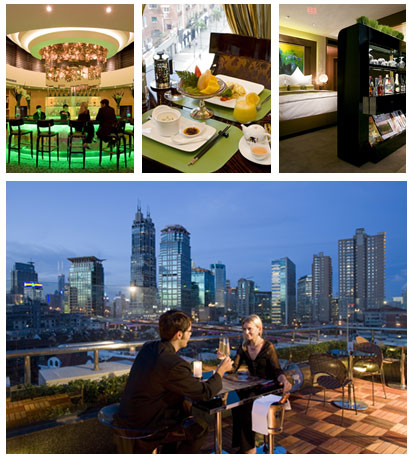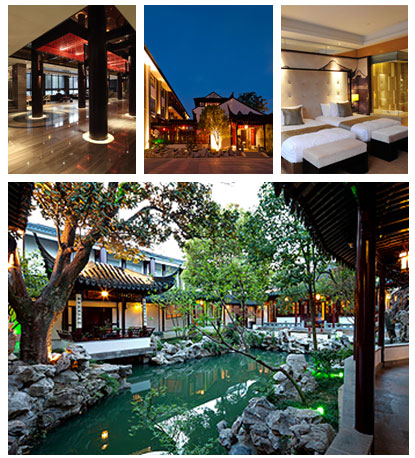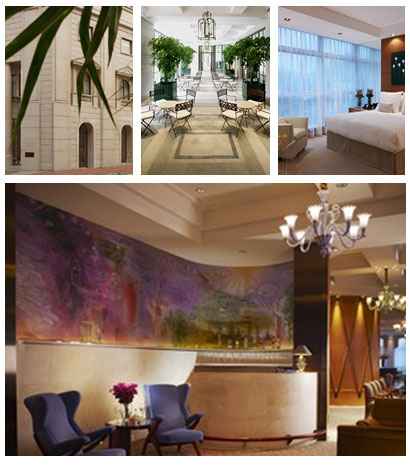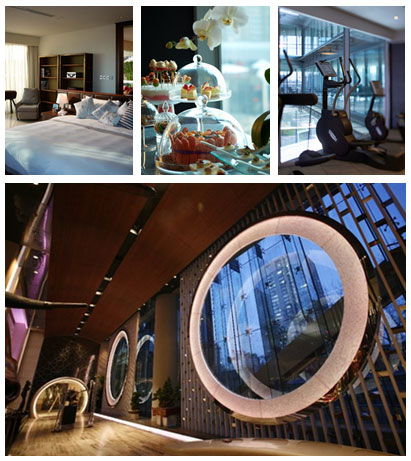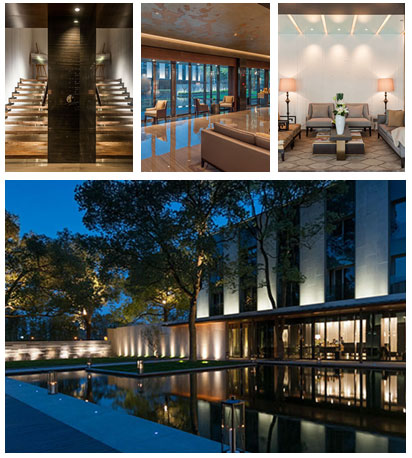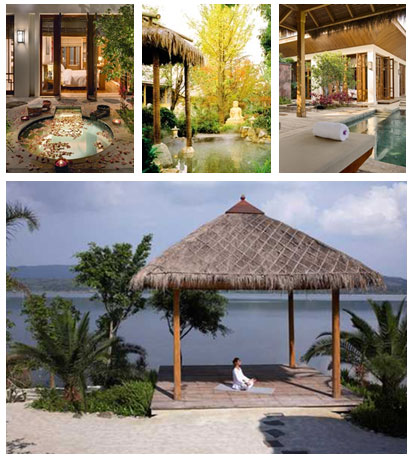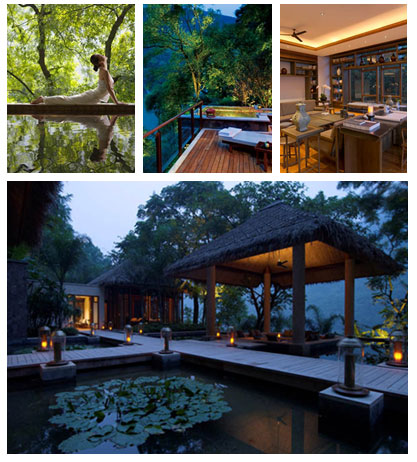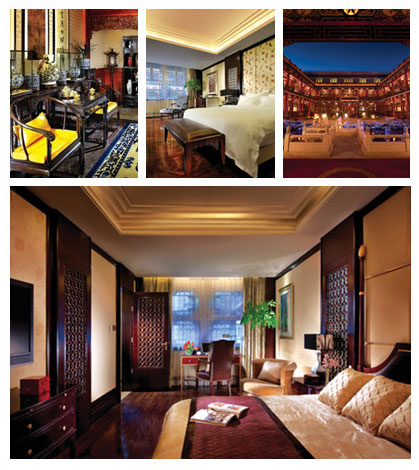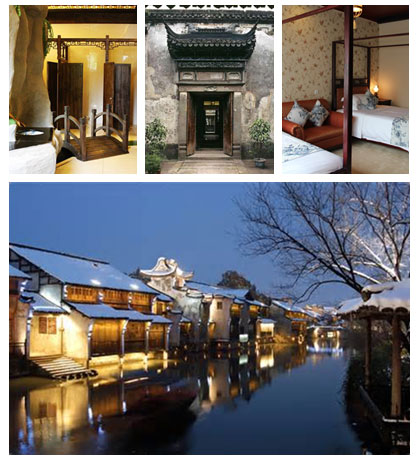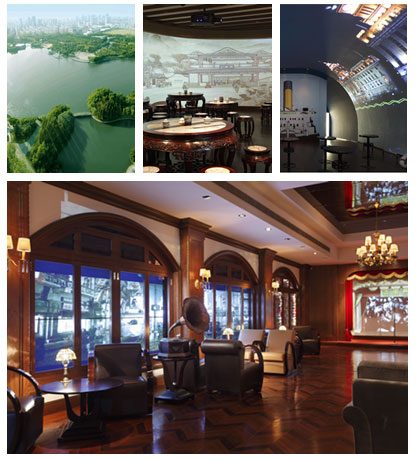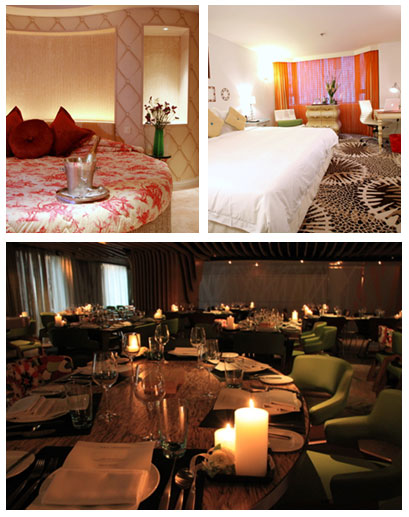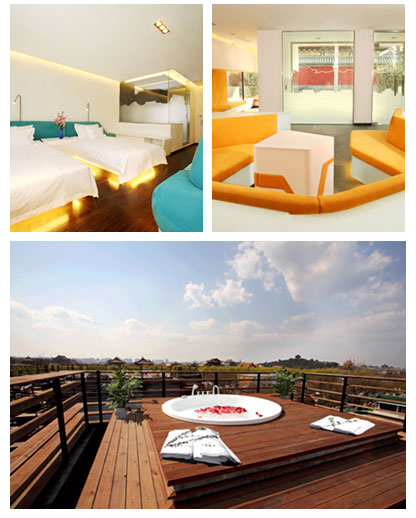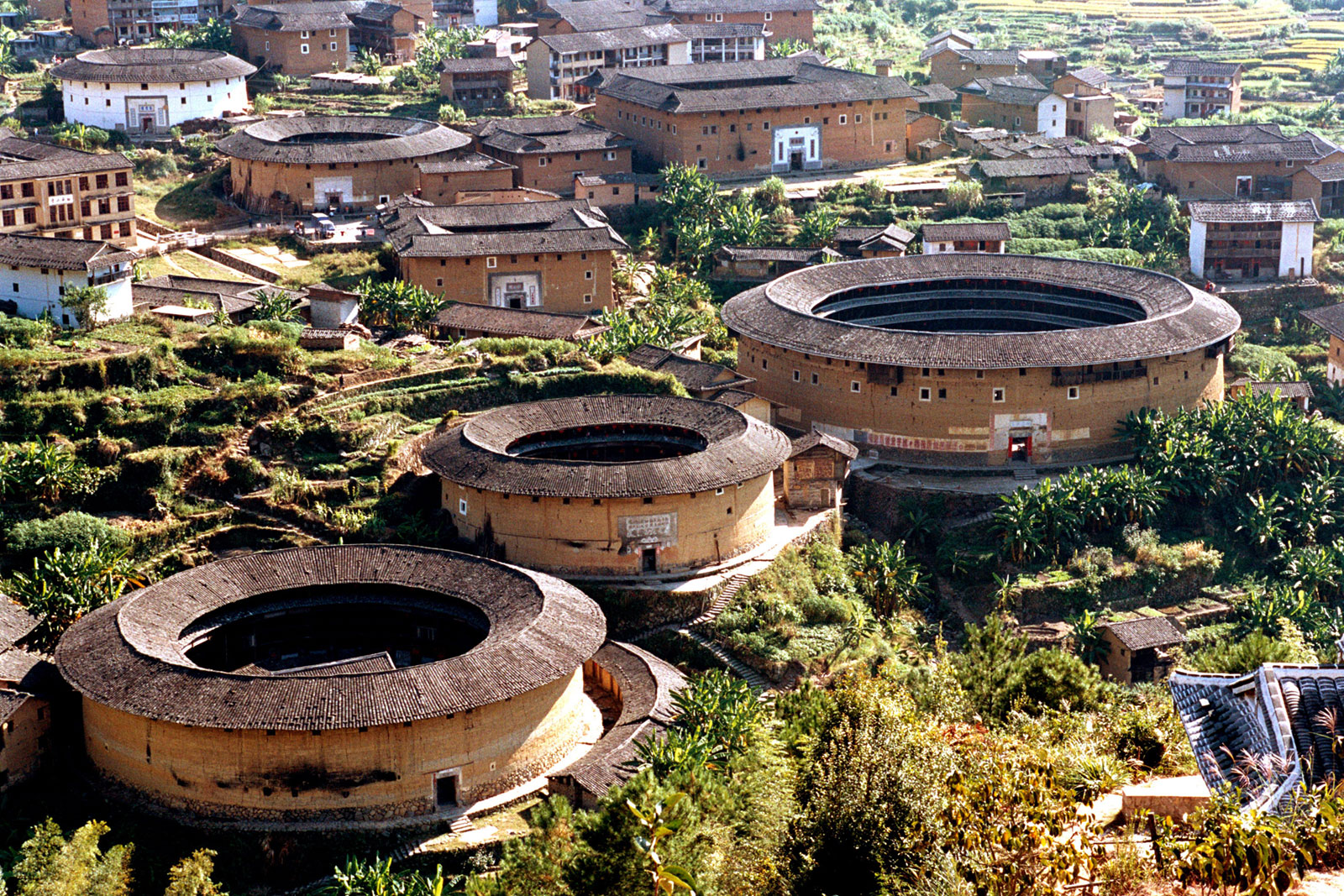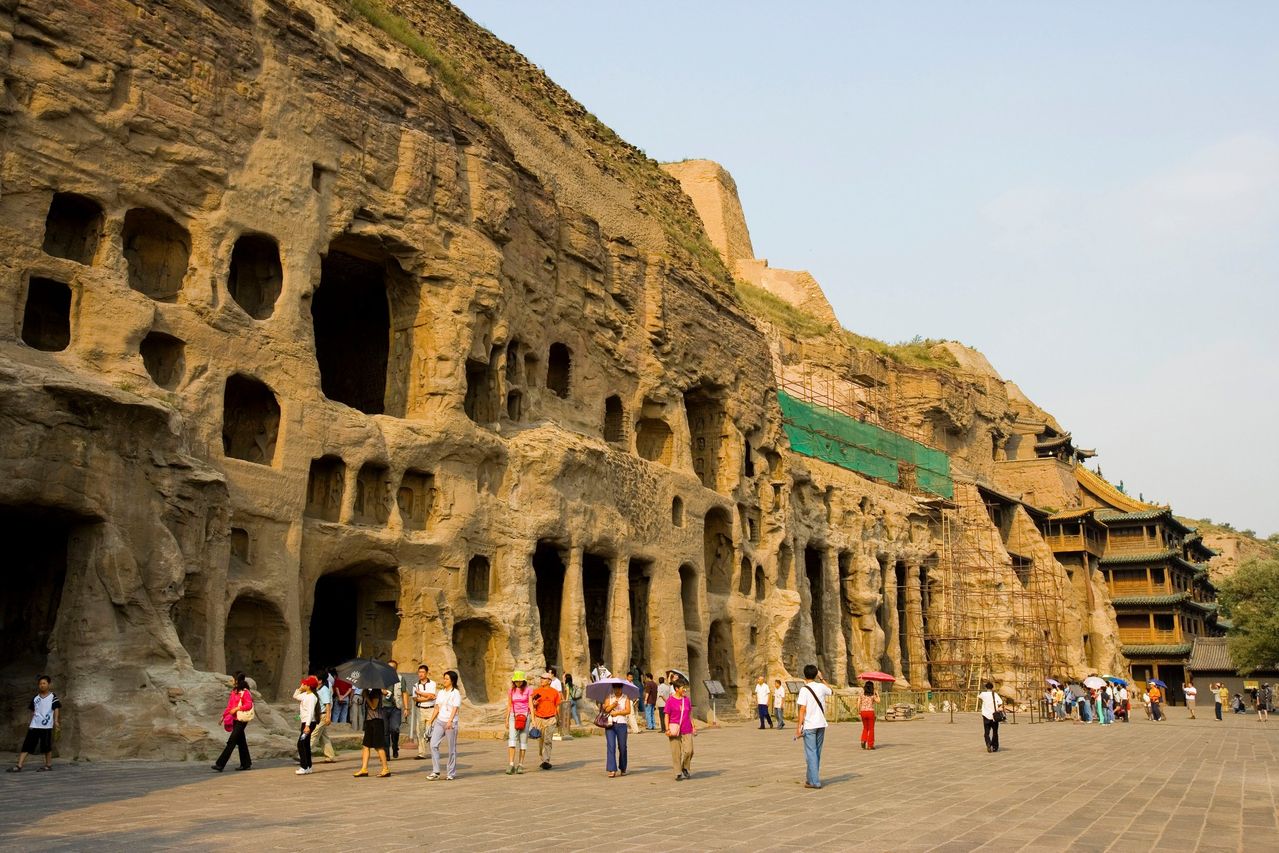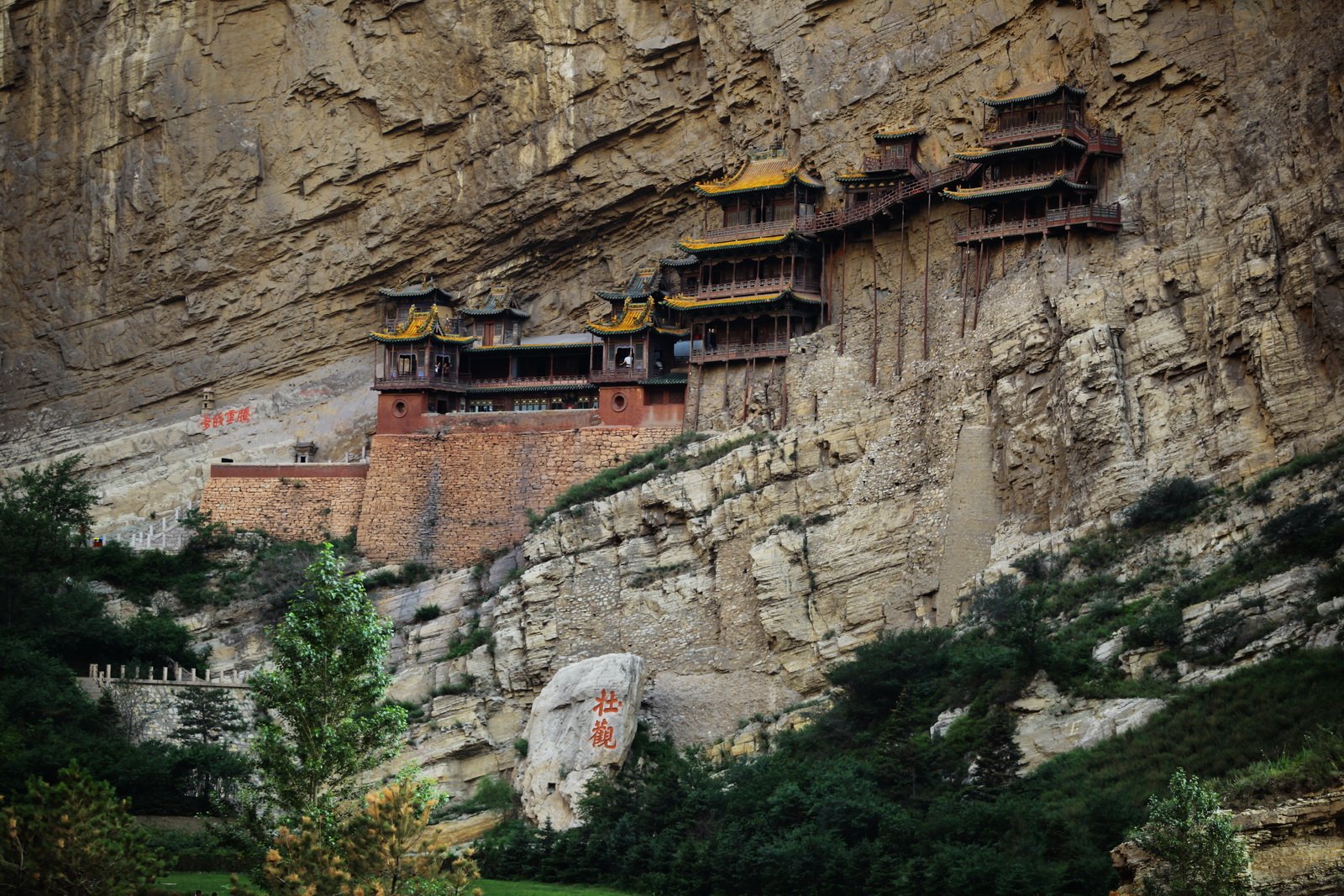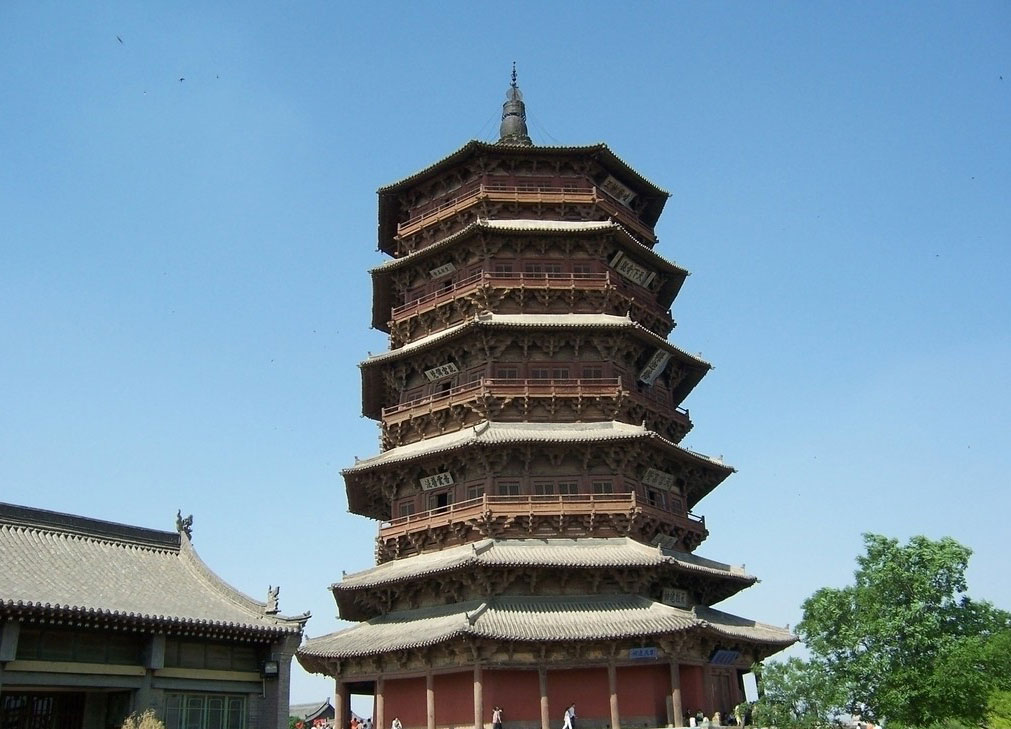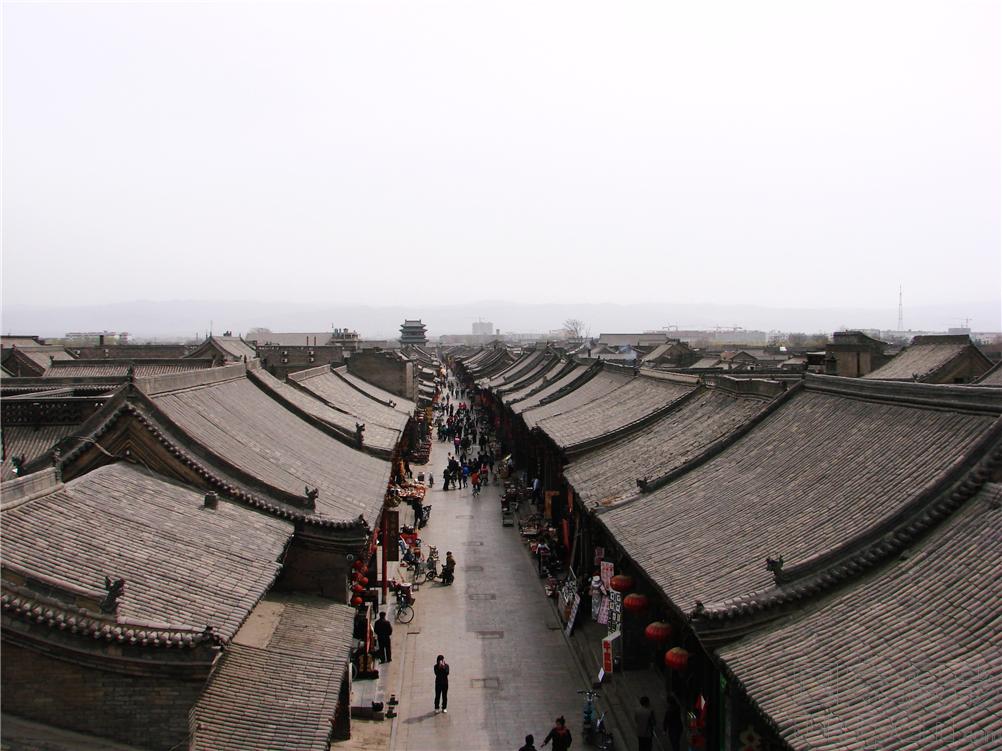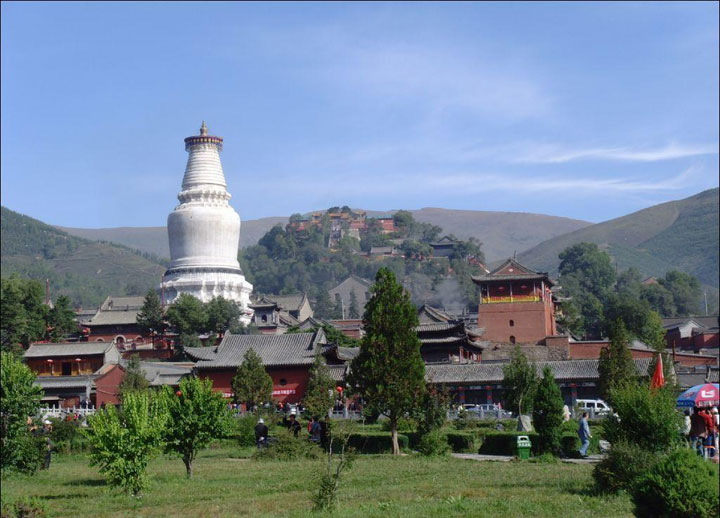Someone joked that a man and a woman can be husband and wife provided they
can travel together, which in some ways really make sense. Travel with your
partner can be more intensive and stressful than life at home, yet the payoff is
also huge with delight and romantic affection when heading the same direction.
These expert tips from seasoned travel couples will help you overcome the
difficulties and ensure a funny and comfortable journey.

3. Communicate and be humble. Always remember that you are not travelling alone, hence, communicating is the most important thing. It is great to hear opinions from your partner and also share yours. In case that you are annoyed by each other, try best to cool off and let it go.
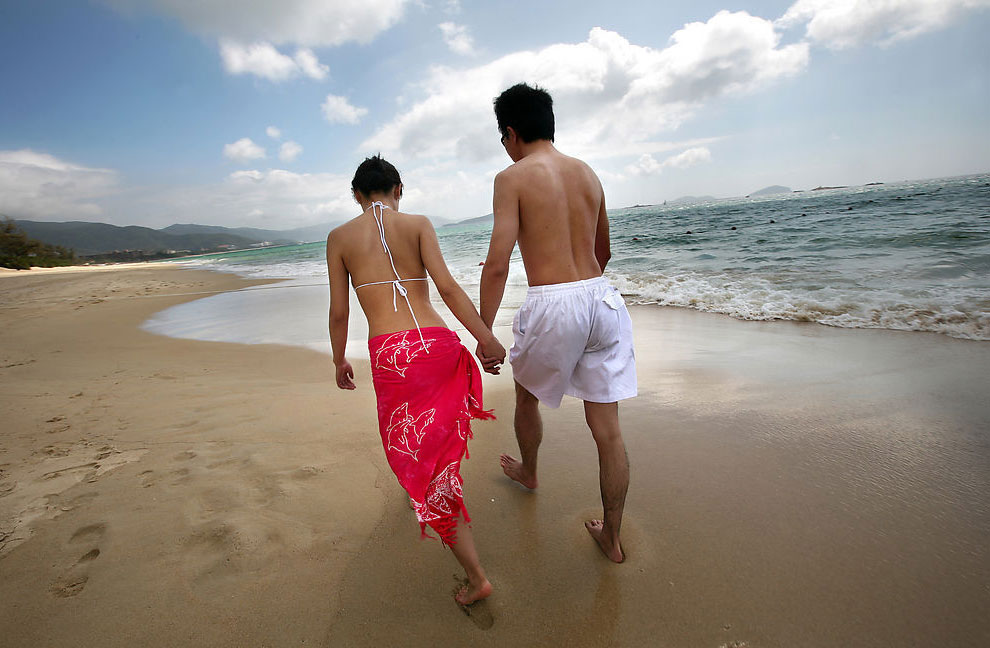
4. Respect and take care of each other. Respect your partner’s opinion, decision and most import – habits and privacy, especially when you are sharing a bathroom. Meanwhile, don’t forget you are a team. Watch each other's back, as you two are travelling in the wild world. And your partner is coming home with you.
5. Be flexible. Even if you have made all arrangements for this trip, still things can change. That might be food, transport or hotels. If something unexpected happens to you, work together to find the solution, as we say hope for the best, but expect the worst.
6. Find time to travel separately. Spending that much time with anyone is tough, even though it is the one you love. Both of you will need a break and venture out on your own. That can be one or two hours, or half of day, which is likely to make you more appreciate the time you spend together.

7. Keep it Romantic. A trip between couples should be romantic. Pick the right location (for older couples, go back to places you love) and prepare a romantic surprise. On even the most budget trip, use your imagination to do something special for your partner.
8. Don’t Talk About Work. Travel couples are suggested not to talk about work or any serious topics, for those can lead to stress and frustration. Just keep a sense of humor and enjoy your journey with your partner.


1. Start small. The length of your
travel time depends on the amount time that you have been dating. Therefore,
start small and plan long-term trips only
if you have been together for years. If you have been seeing each other less
than 12 months, consider trips limited to 10 days.
2. Plan ahead and talk about the budget. Trips without
planning ahead may result in adventures. so take the time to master your budget,
assemble the perfect itinerary, and of course make the important decisions
together. 3. Communicate and be humble. Always remember that you are not travelling alone, hence, communicating is the most important thing. It is great to hear opinions from your partner and also share yours. In case that you are annoyed by each other, try best to cool off and let it go.

4. Respect and take care of each other. Respect your partner’s opinion, decision and most import – habits and privacy, especially when you are sharing a bathroom. Meanwhile, don’t forget you are a team. Watch each other's back, as you two are travelling in the wild world. And your partner is coming home with you.
5. Be flexible. Even if you have made all arrangements for this trip, still things can change. That might be food, transport or hotels. If something unexpected happens to you, work together to find the solution, as we say hope for the best, but expect the worst.
6. Find time to travel separately. Spending that much time with anyone is tough, even though it is the one you love. Both of you will need a break and venture out on your own. That can be one or two hours, or half of day, which is likely to make you more appreciate the time you spend together.

7. Keep it Romantic. A trip between couples should be romantic. Pick the right location (for older couples, go back to places you love) and prepare a romantic surprise. On even the most budget trip, use your imagination to do something special for your partner.
8. Don’t Talk About Work. Travel couples are suggested not to talk about work or any serious topics, for those can lead to stress and frustration. Just keep a sense of humor and enjoy your journey with your partner.

